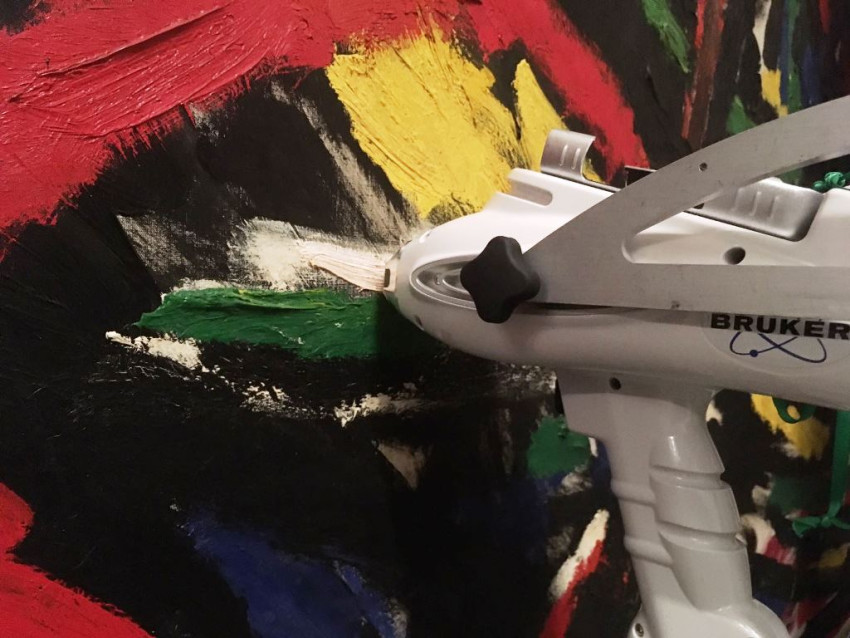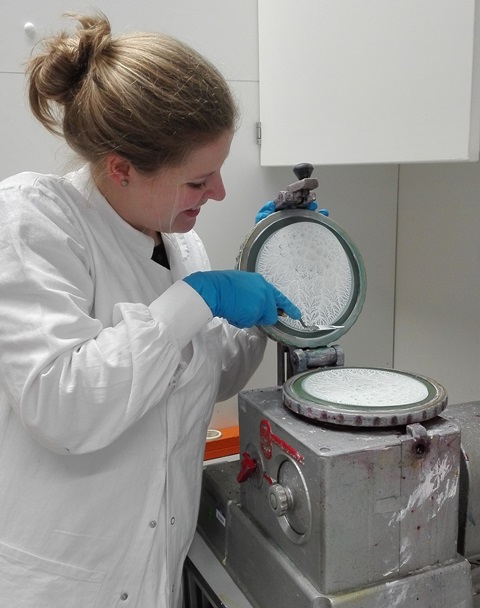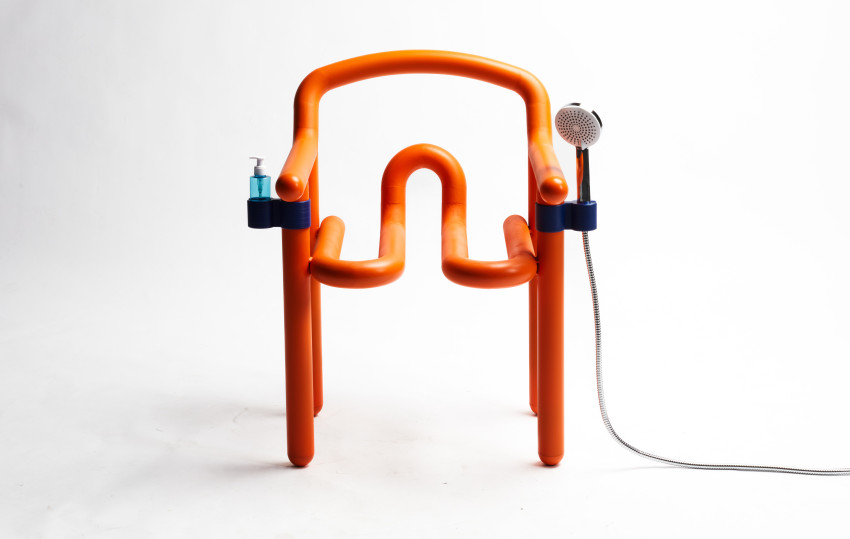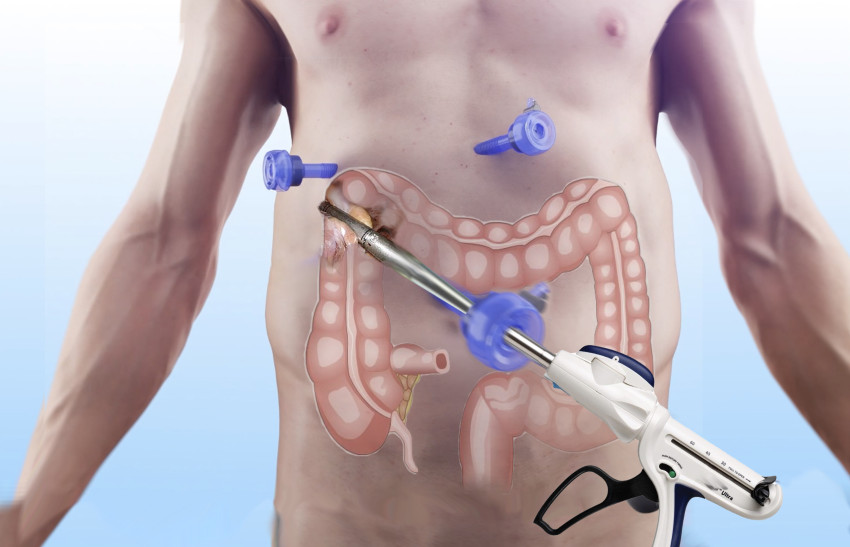
Test predicts degradation of paintings
In the twentieth century, painters such as Picasso and Mondrian used titanium white pigment in their white paint. However, if this paint is exposed to excessive amounts of UV light, it pulverises. Delft PhD student Birgit van Driel therefore developed a test to detect this problematic white pigment. She recommends managers of collections and private collectors to submit paintings to this test, so that they can take protective measures where necessary.
The actual scale of the problem is unknown. ‘We do know that this problematic pigment was frequently used around the middle of the 20th century,’ says Birgit van Driel, who received her PhD at Delft University of Technology on 9 May.
There are some big names among the artists who used titanium white in their works: Pablo Picasso, Piet Mondriaan and Jackson Pollock, whose most famous works are sold for tens of millions of euros.
Toothpaste
Titanium white was, and indeed is, an alternative to lead white which was used for a long time, but fell out of favour because of its detrimental effect on health. The chemical formula of titanium white is the same as titanium dioxide, namely TiO2. This well-known white substance is also used in sunscreen, cosmetics and toothpaste.
There are hundreds of types of titanium white, according to Van Driel. Some of these are good; they prevent the degradation of paint when it is subjected to UV light. However, the problematic types need extra attention, because paintings created using these can degrade faster.
Semiconductor
The process that causes this is called photocatalytic degradation, and how it works is well known. Because titanium dioxide is a semiconductor, light falling on it excites an electron, causing it to shift to the conduction band and leave a hole, resulting in an electron-hole pair. ‘Then two things can happen. The electron and hole can recombine quickly, in which case everything is fine. However, they can also migrate to the surface of the pigment particle, and react with oxygen or water. This creates free radicals which break down the binder in the paint,’ explains Van Driel. This causes the paint to turn into powder, which only adheres loosely to the surface of the painting.
We’ve seen few degradation problems with paintings as yet, but the clock is ticking.
Accelerated aging
In order to gain a better understanding of the aging process in the white paint of paintings, Van Driel carried out some lab experiments with accelerated aging. She created thin lines of white paint made with different pigments, and subjected them to various doses of UV light. 'The heaviest dose is comparable with seven years in daylight, or around a thousand years in a dark museum space.'

These experiments showed that white paint prepared with problematic pigments may start to pulverise after one or more centuries. 'The oldest paintings using such paint are now only around a hundred years old, so we’ve seen few degradation problems with paintings as yet, but the clock is ticking.’
Van Driel also worked on a test which identifies problematic white pigments. Known as a photocatalytic activity indicator test, this involves an ink which changes colour when it comes into contact with a problematic type of titanium white. Incidentally, this colour test has been around for a while; it is normally used to test self-cleaning tiles and glass.
Preventive
So, who does the test actually benefit at the end of the day? Van Driel: 'My PhD research is preventive in nature. We know there is a problem with some extremely expensive paintings, but we don’t know the scale yet. I hope my research will increase awareness of this problem, because the art world has little appreciation of how serious it is.’
Van Driel advises museums and private art owners to have their works tested. Paintings will not be affected, because only a microscopically small piece of paint is taken from the canvas and then subjected to the ink test in the lab.
Protection from UV-light
If it turns out that a painting was made using the problematic pigment, then museum owners can take some preventive measures aimed at preventing UV light falling on the canvas where possible. To begin with, special glass which filters out UV light can be placed in front of paintings. Special UV-resistant windows can also be used in the exhibition space. And finally, paintings could be lit by LED lamps, as these emit far less UV light. 'If you know exactly which works in a collection are the most vulnerable, you can make targeted investments to protect them.'
If you found this article interesting, subscribe for free to our weekly newsletter!
Opening image: a measurement with X-rays identifies different elements, distinguishing between titanium white, zinc white and lead white. All images: Birgit van Driel.






